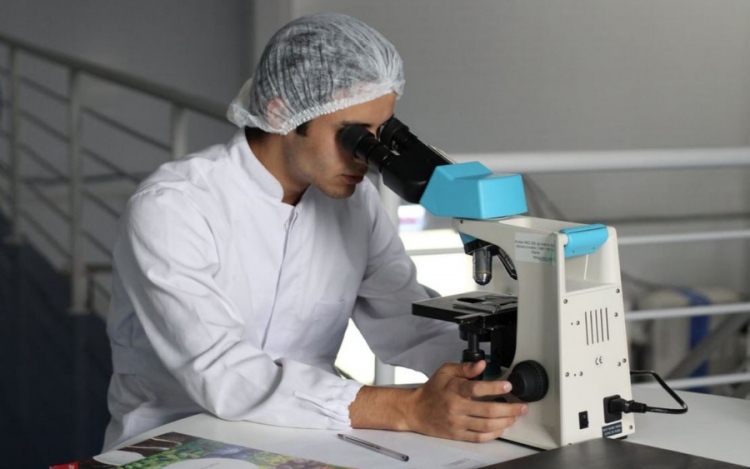The approval process for new medical alternatives is slow and complicated. There is increased stress on improvements, however, given the rising demand of aging populations, mounting insurance costs, and changing healthcare regulations. Medical researchers and device manufacturers have been working hard toward steady progress. The result is some fascinating breakthroughs that can alleviate some widespread conditions. Here are five technical advances to watch.
Electronic Painkillers
Sufferers from migraines, head, facial, or neck trauma and related problems know how excruciating this pain can be. Traditional treatments such as drugs and chiropractic massage are not totally safe or effective. Head pain is associated with a nerve bundle called the sphenopalatine ganglion. New developments include a small device that can be attached through the mouth. A patient feeling pain can activate it at will via a remote to deliver a signal that stops the transmission of pain along the SPG.
The Diabetes Patch
Daily finger pricks for checking blood sugar are one of the worst aspects of the epidemic of diabetes in our society. Glucose test strips and meters can also be inaccurate and expensive over time. One solution in the works is a high-tech patch affixed to the skin that can automatically monitor and track glucose levels to send alerts when insulin or other medications are needed.
Robotics and Telemedicine
Technology is providing an efficient solution for those who are home-bound with chronic conditions like heart disease or kidney problems, or who live far from proper medical care. Electronic wearables and a coming generation of home health robots can track vital signs and transmit them to caregivers for analysis of treatments and emergency responses. Video chat features allow doctors and nurses to give advice, offer counseling, and even visually examine patients without the need for travel.
Valve Job for the Heart
Conventional solutions for acute congestive heart problems usually involve surgery, stint insertion, or even heart transplant. One new alternative is a trans catheter valve made from living tissue. Inserting the valve is an out-patient surgery where it’s fed up through the femoral artery to the aorta. This is an ideal solution for patients who are too weak to handle open-heart surgery.
Stem Cells
These are building-block cells that can differentiate to become other types of cells. They are found in adults as well as fetuses, and advancements in stem cell therapy are allowing doctors to essentially regrow affected tissues as healthy new cells. This technology can even be used effectively in outpatient Alzheimer’s treatment services without any known complications.
There have been many amazing medical innovations over the years. The result has been more efficient treatments and longer, healthier lives. You can also take comfort in the fact that these innovations will never stop coming.




